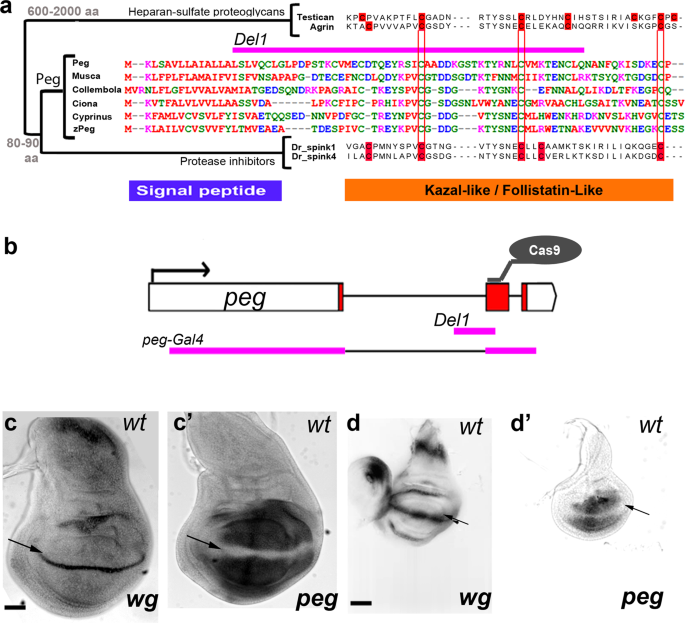- Select a language for the TTS:
- UK English Female
- UK English Male
- US English Female
- US English Male
- Australian Female
- Australian Male
- Language selected: (auto detect) - EN
Play all audios:
Really important new CALDER study finds evidence that participation in Texas’ state-funded pre-k program is associated with increased 3rd grade math and reading scores for participating
youngsters, as well as reduced rates of grade retention and special education placement. This is a very important finding for several reasons: First, Texas enrolls more kids in
pre-k--224,000--than any other state in the country, so this evidence indicates that a lot of kids are being helped. Second, this study should definitively put to bed the (mis)conception
among a lot of K-12 education reform types that the evidence on pre-k effectiveness is shaky or based only on small, boutique programs. Yes, a decade ago the argument for pre-k was based
primarily on evidence from the small samples in the High Scope/Perry Preschool and Abecedarian programs. But that hasn’t been true for a while now. Today we have evidence of strong positive
impacts from the Chicago Child Parent Centers, New Jersey’s Abbott Pre-K Program, and Oklahoma’s UPK program--all large scale programs funded with relatively modest amounts of public funds.
And we have similar positive evidence on a growing number of state-funded pre-k programs. With over 200,000 kids participating and an average per pupil spending of $3,761 per participating
child, no one can say that Texas’s pre-k program is a small, boutique program that can’t be widely replicated. Texas is the definition of scale, and the level of resources in play here is
modest. Third, this study is particularly powerful because it finds evidence of impact on test scores in 3rd grade--four years after children participated in the pre-k intervention. Thus,
Texas joins New Jersey as one of two (very different) states where we have evidence that pre-k participation improves academic achievement into elementary school. That’s important,
particularly because “fade-out” of test score gains is commonly cited by opponents as a reason not to fund pre-k. Yes, some studies find evidence that pre-k or Head Start learning gains fade
out, but the overall body of evidence is much more complex and suggests that some benefits do last into the elementary grades and beyond. We need to move from using “fade out” as a
rhetorical tool in policy conversations to focus on identifying the policies and practices--in both pre-k and the early elementary grades--that maximize the extent to which pre-k gains are
sustained through elementary school. And we need to fund a lot more kids to attend pre-k in the first place. Fourth, this study is significant because it’s the first to look at the impact of
pre-k on children tested in both English and Spanish--and finds positive results of pre-k participation for Spanish-speaking youngsters who take the Texas state tests in Spanish because
their English is not good enough to take them in English. As the authors note, this finding is particularly critical given the demographic changes currently taking place in our country and
the growing numbers of children born in families where English is not the home language. Finally: While not part of the study finding per se, I hope this study will encourage people to think
seriously about how we define and talk about “quality” in pre-k. The authors note that Texas’ pre-k program is not a “high-quality” pre-k program, in that it involves relatively low
per-pupil resources and scores poorly on the National Institute for Early Education Research’s report card, which focuses primarily on indicators of pre-k resources and inputs. But in
another sense, the Texas Pre-k program incorporates a strong focus on instructional strategies and content targeted to school readiness, and many Texas Pre-k classrooms have benefited from
Texas School Ready, an intervention that equips programs with a research-based curriculum focused on content that predicts school readiness, provides extensive professional development and
coaching to pre-k teachers, and uses performance monitoring to track students’ progress towards school readiness and inform instruction. All of the evidence I’ve seen suggests that the
extent to which pre-k programs focus on content that predicts school readiness, support teachers in understanding and using effective instructional techniques for young children, and utilize
developmentally appropriate measures to inform instruction are just as if not more important than the input-driven quality indicators (bachelor’s degrees, class sizes) that pre-k policies
typically focus on. Yet our policy debate and state and federal policies around early childhood tend to focus heavily on the latter set of indicators rather than the former. A smart policy
discussion needs to focus much more on how to create the conditions for effective, developmentally appropriate instruction in pre-k classrooms. All that said, this study is an important
addition to the body of evidence that makes pre-k the education intervention with the strongest body of evidence of effectiveness, and one that we as a nation are idiots not to have spent a
lot more money on over the past decade when spending on K-12 schools was skyrocketing with little to show for it.







:max_bytes(150000):strip_icc():focal(999x0:1001x2)/robot-server2-2000-f3f155473ec6491296fd05ec84b5bbd7.jpg)